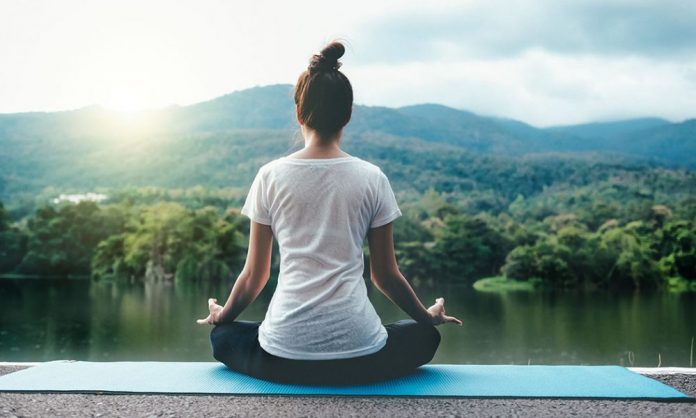For most of us, being healthy simply means that we are not sick. We need to know though, that health and wellness go much beyond just being free from sickness. The problem is that most of us don’t recognize this. Health is a state of Body and Wellness is the State of being.
The WHO defines health as ‘a state of complete physical, social, and mental well-being, and not merely the absence of disease and infirmity.’ Well-being here refers to a positive state in which the ultimate goal is to achieve good health. As you can see, the two concepts are closely intertwined. The soul of Health and wellness is Quality of life. There is no model for good Quality of life. It speaks to us in different languages. Adopting wellness habits according to individual needs is what improves the quality of life.
Here’s a simple activity for you: On a sheet of paper, draw five concentric circles, labeled 1, 2, 3, 4 and 5. On the outermost circle, identify six points equidistant from each other. Label them emotional, physical, spiritual, occupational, social and intellectual. Now according to how you rate your functioning on each of these dimensions, put a corresponding mark on the any of the five circles ranging from 1 to 5. Now, connect the dots. This diagram represents the state of your wellness. Someone with an optimal state of wellness will have a diagram that is closest to a circle, but that’s a rather utopian idea. What you can do is to improve your wellness by looking at each of these sub-dimensions.
Psychologists have proposed many theories on health and wellness. One of the theories is the Holistic Wellness theory by Dr. Bill Hettler, co-founder of the National Wellness Institute which states that wellness is spread across six dimensions, namely: social, emotional, physical, spiritual, intellectual and occupational. The above-mentioned activity that you did was based on this model. Understanding this model helps a person to know how each of these dimensions interacts to create their state of wellness and health. This is closely related to the biopsychosocial model of health, as it examines the interaction between the mind and the body.
A very surprising research conducted by Kelli Harding, known as the ‘Rabbit Effect’ showed that kindness played a very important role in wellness. The experiment involved some cute bunnies who were fed the same unhealthy, high-fat diet to see how it would affect their heart. However, Harding would pick them up, pet them, give them love and affection, and that made all the difference. The rabbits remained relatively healthy despite their diet.
This boils down to the social and emotional dimensions of wellbeing. Good relationships are characterized by kindness and support, and they may have a more significant impact on your health than exercise and diet. So that hug you give your friend may just help you both live a few more years.
Our parents were right when they said that playing outdoors is the best way to stay well. Besides the physical stimulation, the personal connection we build with nature is also essential. A number of researches emphasize the effects of interacting with nature. A 2019 study conducted by White et al. observed people who spent at least 120 minutes in nature every week versus a control group that did not. Those who spent time in nature showed a significant increase in their reports of wellbeing. Scientific evidence also shows that this practice improves neural functioning, balances heart activity, improves memory and reduces stress, among numerous other benefits. However, this is not a concept that emerged out of the blue. For years, the Japanese have cultivated a practice known as Shinrin-yoku, or forest bathing, giving evidence to the fact that this is an ancient practice. Maybe we should all just go back to living in caves?
Now, this might sound really cheesy, but all you really need is love. A 75-year longitudinal study conducted at Harvard from 1972 to 2004 collected data from male undergraduates at various intervals of their lives. The results of this study are three-pronged: First, the importance of significant social relationships on wellbeing; secondly, coping mechanisms have an effect on social support and overall wellbeing and thirdly, creative expression is a way to productively deal with challenges and achieve meaning and well-being.
Many more studies prove plenty of methods you can practice to improve your well-being, such as gratitude journaling, mindfulness and meditation, small acts of kindness, and practicing forgiveness, among other methods.
Well-being is a key part of feeling happy and functioning optimally. It’s easier than you think to develop healthy habits that can boost your overall health. Start small and try practicing a couple of strategies to maximize your psychological well-being.
Here’s to a good life!





























